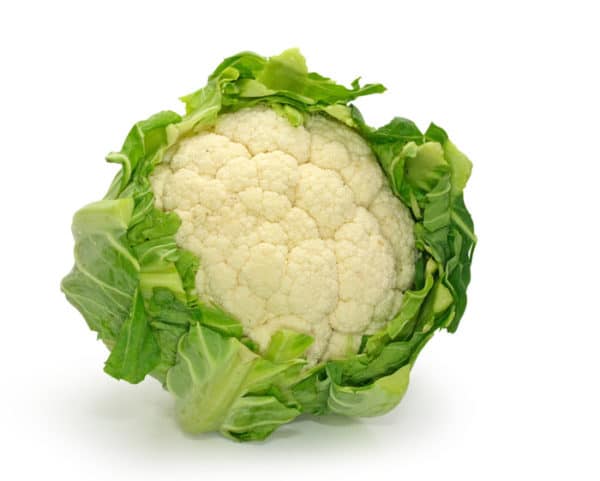
Popular press tells us to eat many small meals throughout the day to achieve optimal lean to fat ratio. The theory is that constantly eating revs up the metabolism and triggers fat loss. After many of my patients reported that they had tried this approach and gained weight, I decided to do some research of my own to determine whether this recommendation was supported by sound science.
The Myth
And what I discovered in studying the biochemistry of hunger, blood sugar balance and fat loss is that the theory of small frequent meals for blood sugar balance and weight release couldn’t be further from the truth.
Soon after your “eager to be thinner” client begins to eat, her pancreas secretes insulin in order to move the blood glucose generated by the meal into the cells to be converted to energy.

If your client eats small meals throughout the day, insulin is maintained at an elevated state for hours on end. Just as it comes back to baseline about 2 1/2 – 3 hours after a meal, guess what? If she’s doing the popular “eat every 2-3 hours thing”, insulin will rise again, growth hormone is inhibited and fat burning continues to be impossible.
So what to do instead?
Stay tuned for next week’s article on meal spacing and intermittent fasting for optimal fat burning and blood sugar balance. Research supports the incredible benefit attained from proper meal spacing and timing.
Would you like to become a Certified Insulin Resistance Coach? Stay tuned for an announcement at the end of the week. Get on the early notice list and download my popular webinar “Client Assessment Tools That Make Your Clients Call You a Miracle Worker and Refer All Their Friends” It’s my gift to you.
Stay tuned for our big announcement and an invitation to attend a free webinar where I reveal insulin resistance secrets your doctor never told you.
Register NOW and you’ll be on the early bird notice list for my Insulin Resistance Solution Practitioner Training and be eligible for early bird bonuses. I will be sharing a whole lot more in my 5-week course, the Insulin Resistance Practitioner Training, which begins August 14, 2013.
Stay tuned for our big announcement and an invitation to attend a free webinar where I reveal insulin resistance secrets your doctor never told you.
Stay tuned for part 2 next week!
With love and appreciation,
Dr. Ritamarie Loscalzo
What additional questions do you have about assessing insulin resistance for your clients? Comment below!
Share this:

Are you feeling stuck?
Do you feel as if something is missing from your practice that's keeping you from delivering breakthrough outcomes for your clients?.
Recent Posts
Our Programs
Nutritional Endocrinology Practitioner Training (NEPT)
The Mastery and Certification tier is our flagship program and provides everything you need to feel confident as a practitioner who knows how to get results that lead to healthy and happy clients.
Functional Assessment Mastery
Explore the relationships between the most important hormones and their relationship with nutrition.
Functional Nutrition Mastery
Learn how to support your clients to eat and supplement in a way that reduces and eliminates chronic symptoms.
Medical Disclaimer: The information on this website is not intended to replace a one-on-one relationship with a qualified health care professional and is not intended as medical advice. It is intended as a sharing of knowledge and information from the research and experience of Dr. Ritamarie Loscalzo, drritamarie.com, and the experts who have contributed. We encourage you to make your own health care decisions based upon your research and in partnership with a qualified health care professional.
Disclosure: Sometimes (but not always), when I share resources in my programs, newsletter, and on my website, I'm using an affiliate link, which means I do make money if you buy. My credibility is extremely important to me; therefore, I only endorse the products, services, and people I believe in. DrRitamarie.com is independently owned and the opinions expressed here are my own.
Click here to see our Privacy Policy.












[…] has a job description. Its role is to reduce your blood sugar level to a normal healthy level. When it can’t do its job properly, by escorting the sugar into […]
[…] your body energy. Sugars and starchy foods are examples of carbohydrates. Carbohydrates can raise blood sugar levels more than other nutrients. That’s why it’s important to be aware of the amount of […]
[…] people who have struggled to lose weight and keep it off suspect there’s more to it than simply eating less, and resist the notion […]